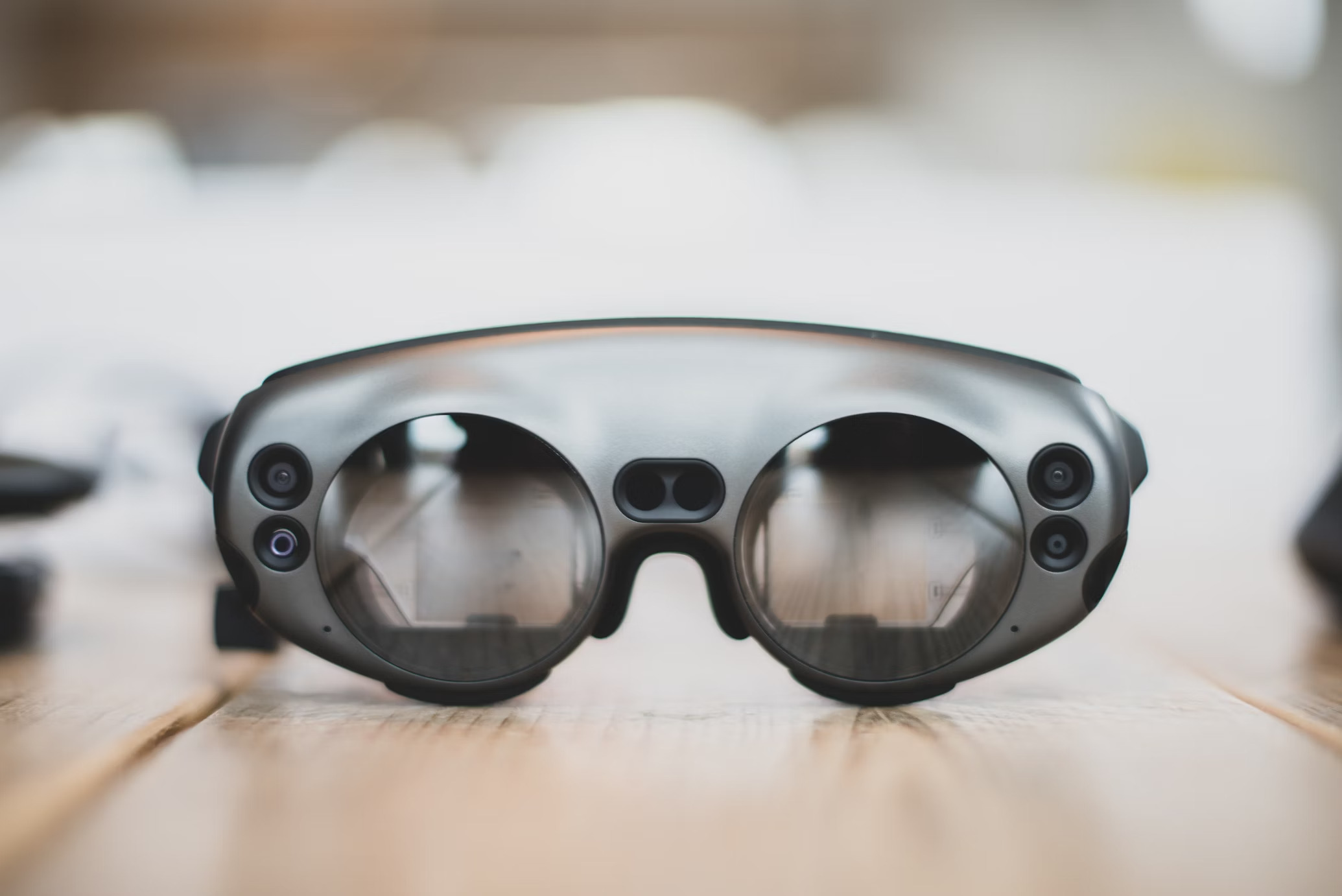Mobile apps have revolutionized the way we interact with the world, offering convenience and information at our fingertips. But what if that “fingertip” became an open doorway to immersive experiences? Virtual reality (VR) is poised to shake up the mobile landscape, and developers need to be ready. This is where wireframing comes in, playing a crucial role in bridging the gap between traditional mobile design and the possibilities of VR.
Beyond Flat Screens:
Traditionally, wireframes serve as blueprints for mobile app interfaces, focusing on touch interactions and two-dimensional layouts. With VR, designers need to think beyond the screen:
- Spatial Layouts: Instead of boxes and buttons, consider designing interactive elements that exist in 3D space. Imagine virtual buttons floating around the user, or menus unfolding in panoramic views.
- Navigation: How will users move through this virtual world? Will they use hand gestures, gaze control, or voice commands? Wireframing needs to consider these unique input methods.
- Immersion: While functionality is crucial, don’t forget the immersive aspect. Use wireframes to visualize how users will interact with their environment, creating a sense of presence and engagement.

Wireframing Tools for VR:
Several tools are emerging to assist with VR wireframing:
- VR-specific software: Programs like Vizard and Gravity Sketch allow designers to create interactive prototypes directly in VR, providing valuable early feedback.
- Hybrid tools: Platforms like Figma and Adobe XD are starting to integrate VR capabilities, enabling designers to transition from 2D wireframes to VR prototypes more seamlessly.
- Low-fidelity approaches: Pen and paper, or even cardboard mockups, can still be valuable for rapid ideation and early testing in VR.
The Mobile VR Future:
VR has the potential to transform mobile experiences across various industries:
- Gaming: Imagine fully immersive mobile games where you become the character, exploring fantastical worlds in VR.
- Education: Virtual field trips and interactive simulations can bring abstract concepts to life.
- Retail: Users can virtually try on clothes or explore 3D product models before purchasing.
By adopting VR wireframing techniques, developers can be at the forefront of this exciting mobile revolution. So, grab your VR headset (or even a pen and paper) and start sketching the future of mobile apps!




